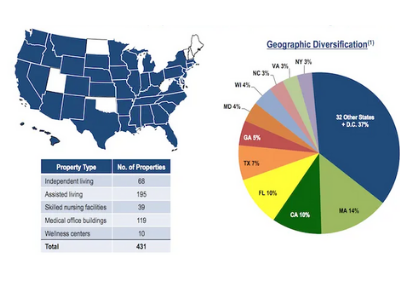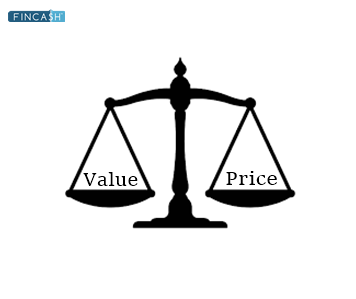Geographical Pricing
Geographical pricing is a model where the final price of the product is decided based on the geography or the location where the product is being sold.

When a company is operating in multiple countries or regions, then the company has to implement geographical pricing as per the local taxation laws and local requirements.
Multiple Usage of Geographical Pricing
1. Free onboard geographical pricing
This type of geographical pricing is common and mainly used in exports and imports. For instance, if a seller from India wants to export a product to a buyer in Japan, then the buyer in Japan has to pay the charges of transport from India to Japan. The charges will not be paid by an Indian vendor. If the Indian vendor has given the required materials on board a ship or plane, then the vendor is free from the responsibility of goods.
Talk to our investment specialist
2. Uniform Geographical Pricing
Under this variant of geographical pricing, the prices of the product will remain the same in different regions. It is useful if the company wants to keep the selling price the same if it doesn’t want to lose the brand equity due to penetrative pricing or does not want to create chaos between their own dealers.
For example, if the USA has a tax of 5% and Canada has a tax of 10%. The company directly bills the product to 10% taxation for both the countries. It helps the company with pricing, which will remain the same and hence there will be a fair competition.
3. Zonal Pricing
Zona pricing is a type of geographical pricing that uses zones rather than regions to bifurcate between the pricing offered.
For example, let’s take an illustration here. Suppose ABC company has 4 zones- East, West, North & South. The company knows that there is very less competition in the North zone, but it has huge competition in the South zone. So, East zone and West zone have average competition. Now, the company reduces the price of the products in the North zone by penetrating the Market against competition. At the same time, it increases the prices in the North Zone and reduces the price in the South Zone. As a result, with the minimum cost, the company has increased its overall revenue.
All efforts have been made to ensure the information provided here is accurate. However, no guarantees are made regarding correctness of data. Please verify with scheme information document before making any investment.












